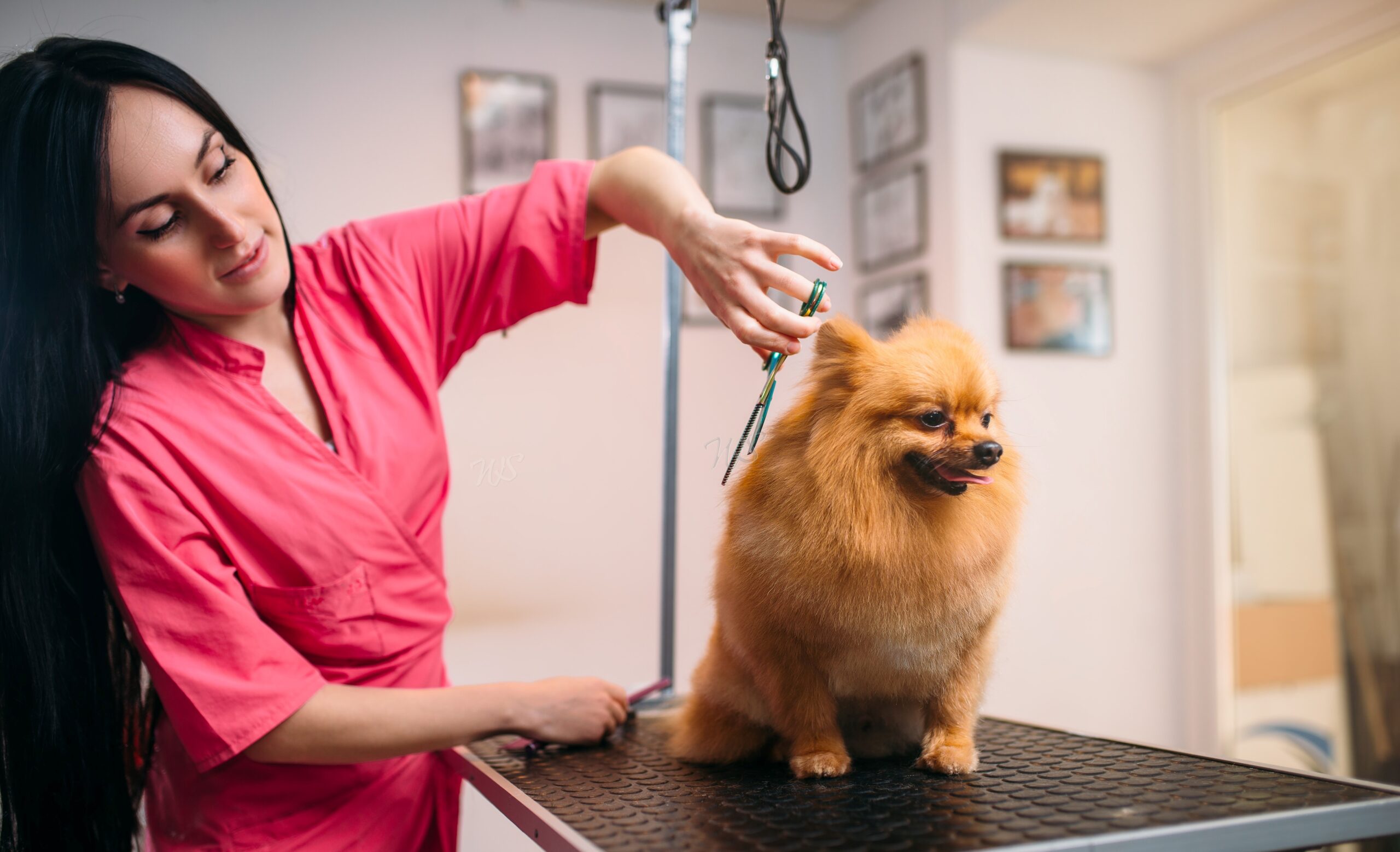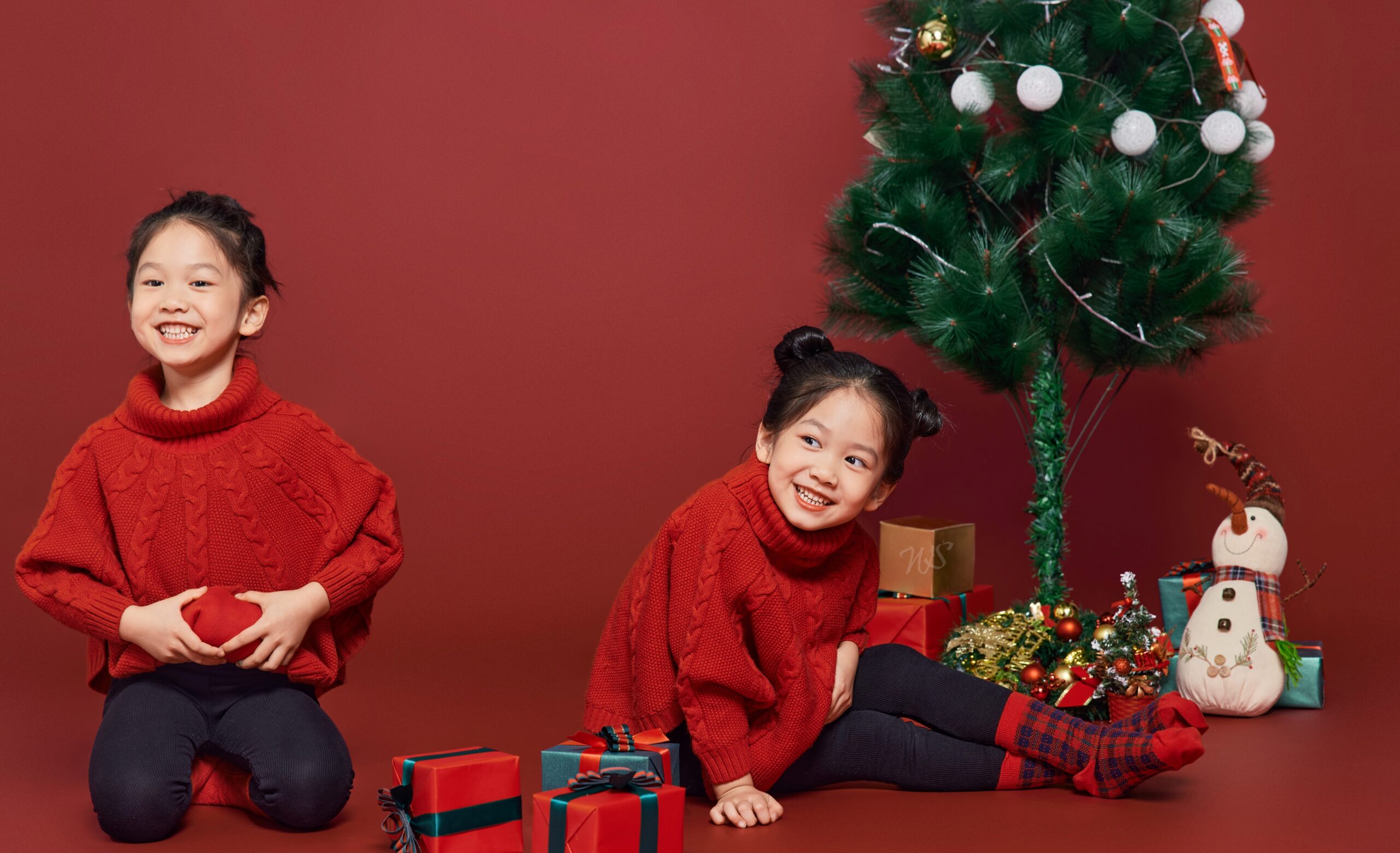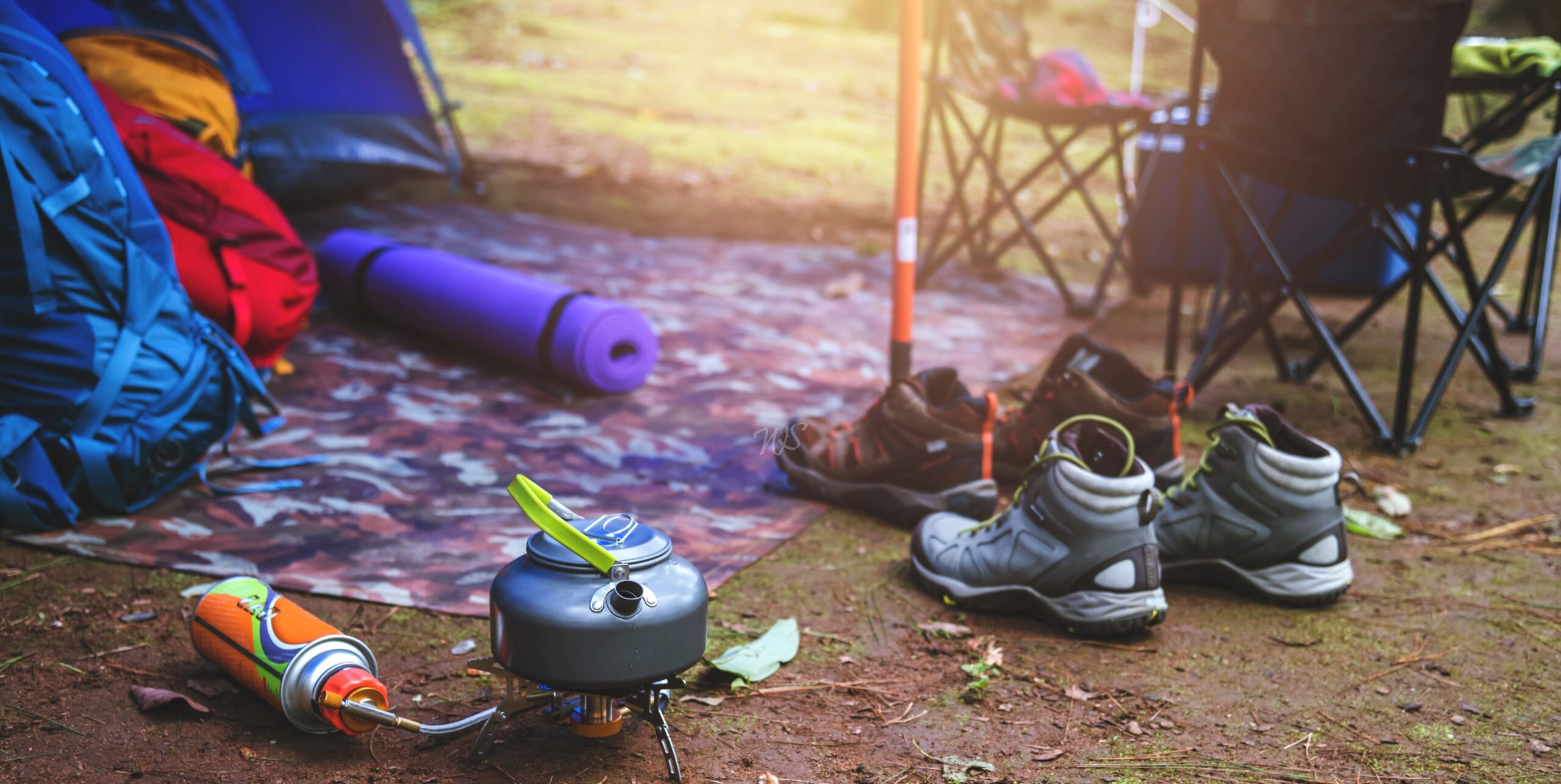A bland diet for dogs is a popular dietary approach used to manage various digestive problems in dogs. This diet usually consists of easily digestible foods low in fat and fiber. The idea behind a bland diet is to reduce the workload on the digestive system and allow the body to heal.
In this article, we will discuss everything you need to know about the bland diet for dogs, including what it is, when to use it, how to prepare it, and its potential risks.
What is a Bland Diet for Dogs?
A bland diet is low in fat and fiber and typically includes boiled chicken or white rice. Veterinarians often recommend this diet to help manage various digestive problems in dogs, such as diarrhea, vomiting, and gastroenteritis.
The idea behind a bland diet is to reduce the workload on the digestive system and allow the body to heal. The food included in a bland diet is easily digestible, which means that the body can absorb nutrients quickly, providing the dog with the necessary nutrition without further irritating the digestive system.
When to Use a Bland Diet for Dogs?
A bland diet for dogs is usually recommended when a dog is experiencing digestive problems such as diarrhea, vomiting, or gastroenteritis. These problems can be caused by various factors such as stress, dietary changes, infections, or food intolerance.
A bland food for dogs can help to soothe the digestive system and reduce the symptoms associated with these conditions. It can also help to prevent dehydration and malnutrition in dogs, which are common complications related to digestive problems.
It is important to note that a bland diet should only be used temporarily and is not nutritionally balanced. Prolonged use of a bland diet can lead to nutritional deficiencies and malnutrition in dogs. It is also important to consult a veterinarian before using it with pre-existing health conditions.
However, it is important to note that a bland diet should only be used temporarily to manage the symptoms of digestive problems. If the symptoms persist or worsen, it is important to seek veterinary advice.
How to Prepare a Bland Diet for Dogs?
It is easy to prepare and can be made with just a few ingredients. Even on the internet, it can easily be found with the search ‘bland diet for dogs recipe.’ The two main ingredients in a bland diet are boiled chicken and white rice. It’s okay to prepare a bland diet menu.
To prepare a bland diet for your dog, follow these simple steps:
- Boil boneless, skinless chicken breast until it is cooked through.
- Cook white rice according to the instructions on the package.
- Mix the cooked chicken and rice in a ratio of 1:2 (one part chicken to two parts rice).
- Allow the mixture to cool to room temperature before feeding it to your dog.
It is important to note that the chicken should be cooked without any seasonings, and the rice should not contain additives such as salt or butter.
In addition to boiled chicken and white rice, other ingredients such as boiled potatoes, boiled carrots, and boiled green beans can be added to a bland diet for variety. However, avoiding ingredients that can irritate the digestive system, such as spices, fats, and dairy products, is important.
Other ingredients that can be added to a bland diet include boiled potatoes, boiled carrots, and boiled green beans. However, avoiding ingredients that can irritate the digestive system, such as spices, fats, and dairy products, is important.
Potential Risks Associated with a Bland Diet for Dogs
While a bland diet can benefit dogs with digestive problems, some potential risks are associated with this type of diet.
Firstly, a bland diet is not nutritionally balanced and should only be used temporarily. Prolonged use of a bland diet can lead to nutritional deficiencies and malnutrition in dogs.
Secondly, a bland diet may not be suitable for dogs with certain health conditions such as pancreatitis or kidney disease. It is important to consult a veterinarian before using a bland diet for dogs with pre-existing health conditions.
Lastly, a bland diet may not be effective for all dogs with digestive problems. In some cases, more intensive veterinary treatment may be necessary to address the underlying cause of the digestive issues.
Pros of ‘bland diet for dogs’
Here are ten potential benefits of a bland diet for dogs:
Eases Digestive Issues: One of the most significant benefits of this diet is that it can help ease digestive issues such as vomiting, diarrhea, and gastroenteritis. The bland diet foods are easily digestible and gentle on the stomach, reducing the workload on the digestive system and allowing it to rest and heal.
Reduces Inflammation: A bland diet can help reduce inflammation in the gut, which food intolerances, allergies, or other digestive issues can cause. This can lead to improved digestion and a decrease in the symptoms associated with inflammation.
Provides Easily Digestible Nutrition: Boiled chicken and white rice, the main components of a bland diet, are easy for dogs to digest and absorb, providing them with necessary nutrients without further irritating the digestive system.
Promotes Hydration: Adding water to a bland diet can help promote hydration, which is important for dogs with digestive issues. This can help prevent dehydration and improve overall health.
Helps Identify Food Allergies: A bland diet can help identify if a dog has a food allergy or intolerance by removing potential allergens from their diet and slowly reintroducing them one at a time.
Calms Nausea: The bland and easy-to-digest nature of a bland diet can help calm nausea and reduce vomiting in dogs.
Encourages Eating: Bland foods are typically more appealing to dogs than food that may cause discomfort, encouraging them to eat and maintain their appetite.
Provides a Reset: A bland diet can help reset a dog’s digestive system and give a fresh start after an illness or digestive issues.
Helps Manage Weight: Bland foods are typically lower in fat and calories, which can help dogs maintain a healthy weight while still providing necessary nutrition.
Cost-Effective: Boiled chicken and white rice are simple and affordable ingredients, making a bland diet a cost-effective solution for managing digestive issues in dogs.
While a bland diet may not be suitable for all dogs or all digestive issues, it can be a helpful tool in managing certain conditions and improving overall digestive health. As always, it is important to consult with a veterinarian before changing your dog’s diet or health management plan.
Cons of ‘bland diet for dogs’
While there are potential benefits to using this, there are also some potential drawbacks. Here are ten potential cons for it:
Lacks Essential Nutrients: A bland diet is not nutritionally complete and lacks essential nutrients that dogs need to maintain optimal health over the long term.
May Not Address Underlying Issues: While a bland diet can help ease symptoms of digestive issues, it may not address the underlying issue causing those symptoms. A veterinarian should be consulted to diagnose and treat the underlying cause of the digestive problem.
Can Be Boring: A bland diet may not be as appealing to dogs as their regular food, leading to decreased appetite and weight loss.
Can Cause Nutrient Deficiencies: A prolonged bland diet may cause nutrient deficiencies and malnutrition in dogs, leading to long-term health issues.
May Not Be Suitable for All Dogs: Some dogs may have underlying health conditions or specific nutritional needs requiring a different diet than a bland one.
Can Be Time-Consuming: Preparing a bland diet for a dog can be time-consuming, requiring the owner to cook and prepare the food themselves.
May Not Be Effective for All Digestive Issues: A bland diet may not effectively manage all digestive issues, and more intensive veterinary treatment may be necessary.
Can Mask Underlying Issues: While a bland diet can help manage symptoms of digestive issues, it can also mask underlying problems, making it more difficult to diagnose and treat the root cause of the problem.
Can Be Expensive: Preparing a bland diet for a dog can be expensive, as it requires fresh, high-quality ingredients.
May Cause Diarrhea or Constipation: Depending on the ingredients used, a bland diet can cause diarrhea or constipation in dogs, leading to further digestive issues.
Overall, while a bland diet may be a helpful tool in managing certain digestive issues in dogs, it is important to consider the potential drawbacks carefully and to consult with a veterinarian before making any changes to a dog’s diet or health management plan.
Conclusion
A bland diet for dogs is a popular dietary approach used to manage various digestive problems in dogs. This diet is low in fat and fiber and typically includes boiled chicken and white rice. The goal of a bland diet is to reduce the workload on the digestive system, provide easy-to-digest nutrients, and help manage the symptoms of digestive problems such as diarrhea, vomiting, and gastroenteritis.
If you are considering using a bland diet for your dog, it is important to monitor their symptoms closely and seek veterinary advice if they persist or worsen. In some cases, more intensive veterinary treatment may be necessary to address the underlying cause of the digestive problems.
Overall, a bland diet can be a helpful tool in managing digestive problems in dogs, but it should only be used as a short-term measure and under the guidance of a veterinarian. By providing your dog with a bland diet, you can help soothe its digestive system and provide them with the necessary nutrition to heal and recover.





